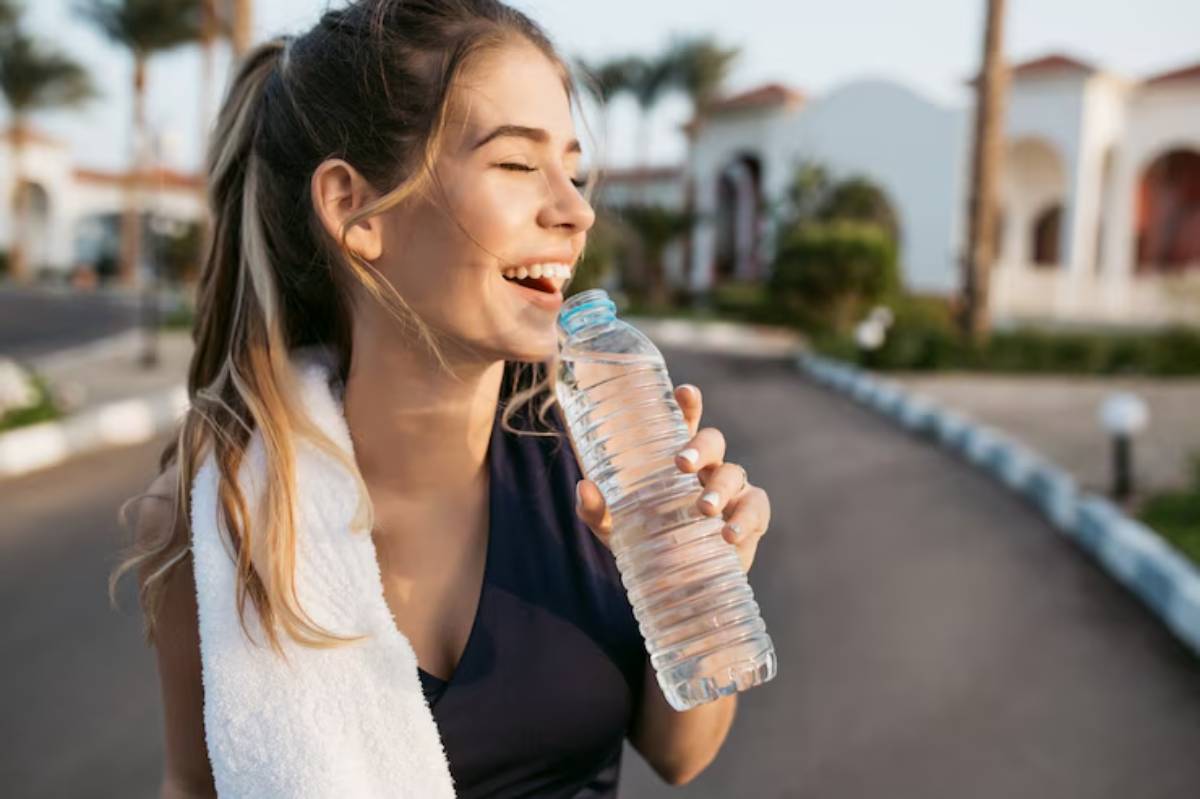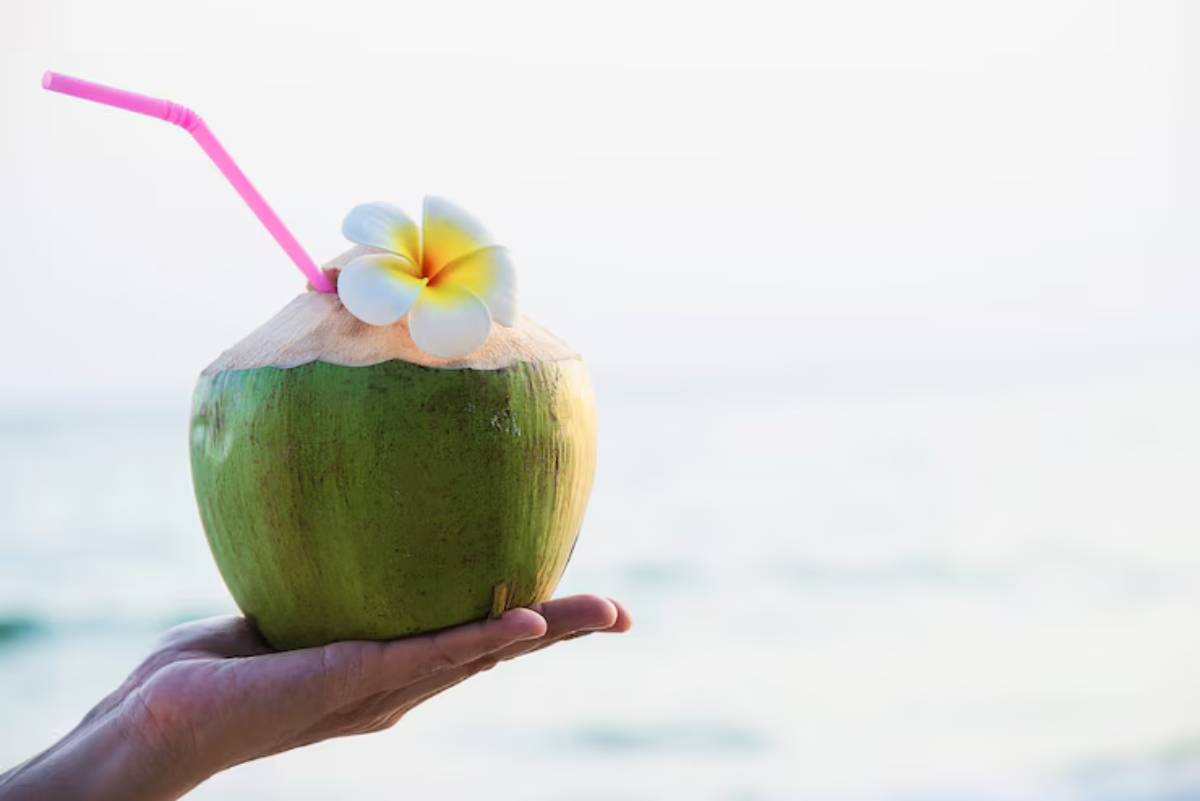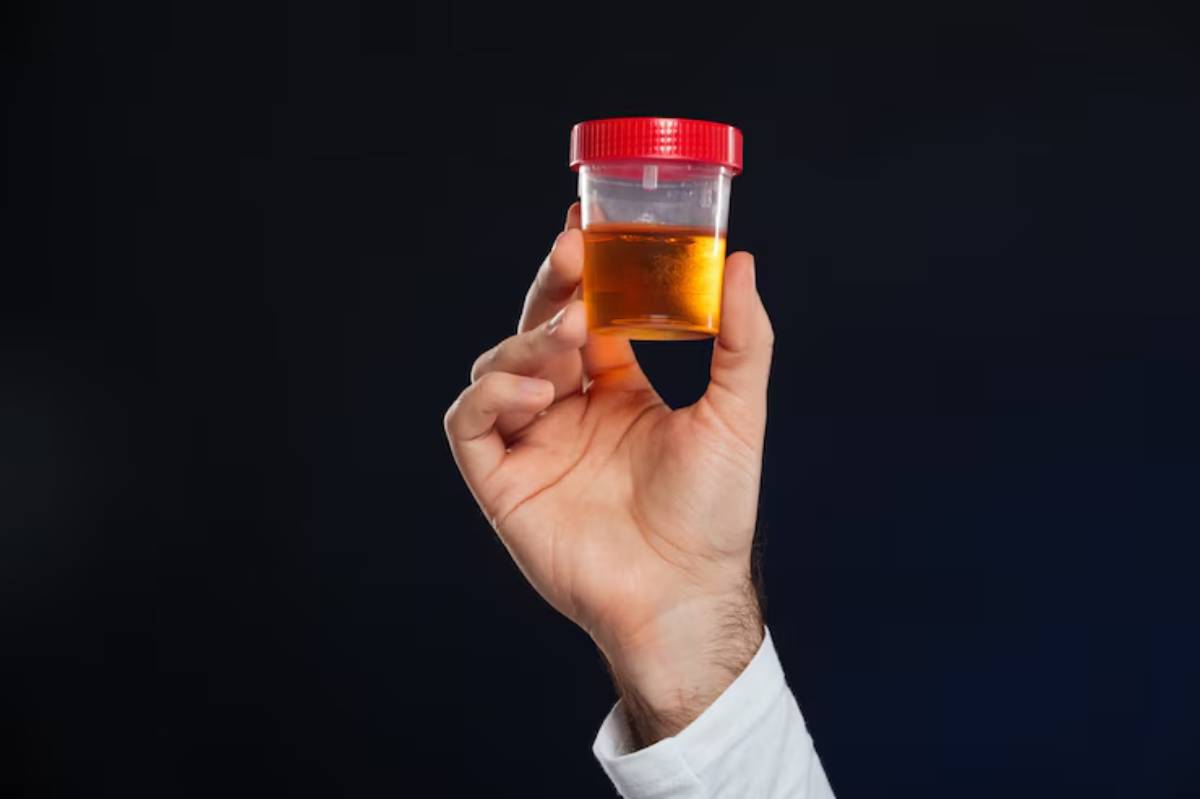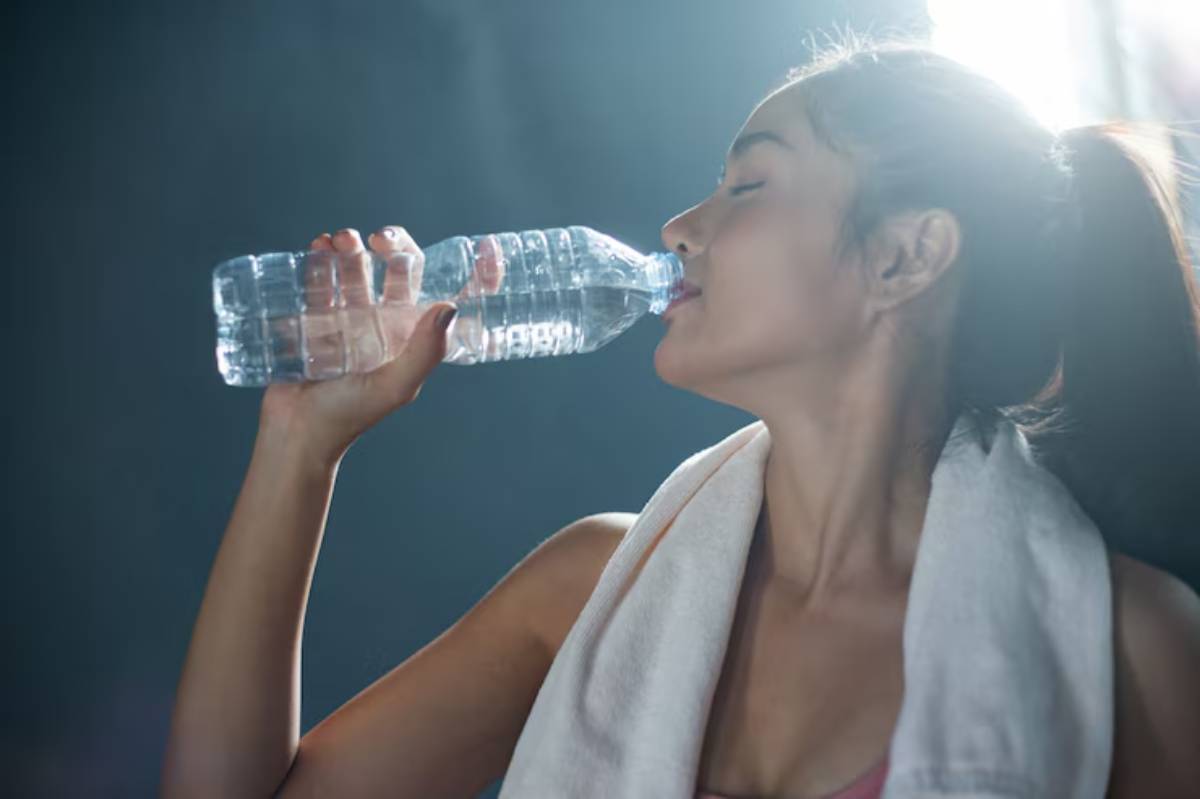
How to Stay Hydrated Without Overdrinking
You’ve heard it a thousand times “Drink more water.” But more isn’t always better. Overhydration is just as disruptive as dehydration, especially before exercise. Whether you’re an athlete, a weekend warrior, or a beginner looking to boost your energy and focus, understanding balanced hydration is critical to your performance.
In this guide, you’ll discover the science-backed hydration strategy that fuels your workouts without the pitfalls of overdrinking. We’ll help you build a pre-workout fluid plan that keeps you energised, not bloated or waterlogged.
Understanding the Core: The Hydration Balance Equation
Hydration is fundamentally concerned with maintaining **fluid balance** in the body, rather than merely focusing on the amount of liquid consumed. Throughout the day, you naturally lose water through various processes, including sweating, breathing, and urination. To support overall health, it is essential to replace this lost water efficiently, ensuring that your body receives the necessary hydration without going overboard. Striking this balance is crucial for optimal bodily functions and well-being.
Key Concepts
- Dehydration reduces strength, endurance, focus, and recovery.
- Overhydration (hyponatraemia) can dilute sodium levels, leading to nausea, headaches, or worse.
- Optimal hydration means replacing fluids at a pace your body can process.
Expert Insight: “It’s not just about litres per day—it’s when and how you hydrate,” says Dr Rachel Lin, sports medicine specialist.
Quick Guide / Checklist
- Start hydrating early in the day
- Aim for 250–500ml of water 1–2 hours before training
- Sip (don’t chug) water during workouts
- Add electrolytes if training >1 hour or in heat
- Limit high-sodium drinks before exercise
- Watch for overhydration signs: bloating, nausea, frequent urination
Step-by-Step Guide: How to Practise Balanced Pre-Workout Hydration
1. Hydrate Steadily, Not Suddenly
Your body has a limit on how much fluid it can absorb within an hour. To stay properly hydrated, avoid chugging large amounts of water right before your session. Instead, focus on drinking smaller amounts consistently throughout the day. This will help maintain optimal hydration levels and support your performance. Aim to sip water regularly, making it a part of your daily routine.
Pro Tip: Set a reminder to sip water every hour—especially during work or travel.
2. Pre-Workout Hydration Timing
- 2 hours before training: Drink 400–500ml of water
- 15–30 minutes before: Optional top-up of 150–250ml if needed
Avoid:
- Drinking large amounts within 15 minutes of your workout
- Going into training dehydrated from the night before
3. Consider Electrolytes for Longer Workouts
For sessions over 60 minutes, or in hot environments, add:

- Coconut water (in moderation)
- Electrolyte tablets or powders
Important Tip: Electrolytes improve water retention and prevent hyponatraemia, especially during long sessions.
4. Adjust Based on Activity Type and Climate
- Strength training indoors: Water alone is usually enough
- High-intensity cardio or outdoor sessions: Use a mix of fluids and electrolytes
Real-World Example: Priya, an avid trail runner, discovered that her hydration needs varied with the seasons. During her spring training, she required more fluids but less salt compared to the hot summer months. As temperatures rose and her workouts intensified, she adjusted her intake accordingly to stay energised and avoid dehydration.
5. Hydrate With Your Meals
Incorporating hydration into your meals can significantly enhance your overall fluid intake. Foods like fruits and vegetables have high water content, contributing to your daily hydration. Soups and broths are excellent choices, providing both nourishment and moisture.
Eating and drinking together helps slow fluid absorption and improve retention.
Avoid drinking large amounts of plain water with no food for hours—it can flush minerals too quickly.
Best Practices & Additional Insights
Recognise Hydration Signals
Listen to your body:

- Dry mouth or dark urine = hydrate
- Thirst is a late but reliable signal
- Clear urine every 30 minutes = overhydration risk
Use a Fluid Log
Monitor your hydration levels consistently, particularly prior to significant workouts or competitions. Utilising apps can provide detailed insights into your fluid intake. Additionally, water bottles featuring measurement markings allow for precise tracking of how much you consume. Implementing these tools can enhance your performance and ensure you maintain optimal hydration. Staying aware of your intake is essential for achieving your fitness goals and improving overall endurance.
Avoid Common Pitfalls
- Drinking too much because “more is better”
- Forgetting to replace electrolytes during intense training
- Only drinking when you’re already thirsty
FAQs
How much water should I drink per day?
General guidance suggests 2–3 litres, but this varies based on activity, body size, and climate. Focus on consistency and clear urine—not fixed volumes.
Can I overhydrate before the gym?
Yes. Too much water too close to training can cause bloating, dizziness, or reduced performance.
Are sports drinks necessary?
Not always. Use them for long-duration, high-sweat workouts. For shorter sessions, water and balanced meals usually suffice.
Is thirst a reliable indicator?
Mostly, yes. But don’t ignore it during exercise. If you’re already thirsty mid-session, you’re likely underhydrated.
The Sweet Spot

Hydration is personal, and it’s more about rhythm than volume. With the right hydration strategy, you’ll feel lighter, train harder, and recover faster—without the side effects of overdoing it.
Start by spacing your fluids across the day and incorporating electrolytes smartly. Track what feels best for you, and adjust as your training evolves.
Want More Than Just Water?
Delve into our comprehensive pre-workout meal guides and discover essential cutting nutrition tips. These resources will help you effectively combine hydration strategies with a well-rounded performance plan that optimises your entire body. Achieve your fitness goals by understanding how proper nutrition and hydration work together to enhance your workouts and recovery.
Hydrate smart. Train strong. Recover better.